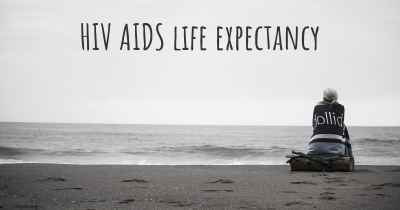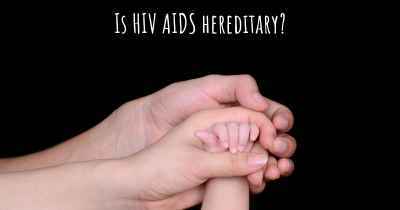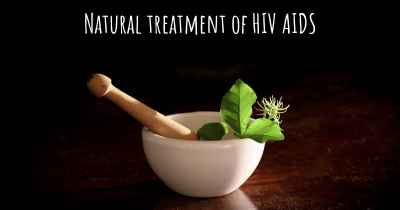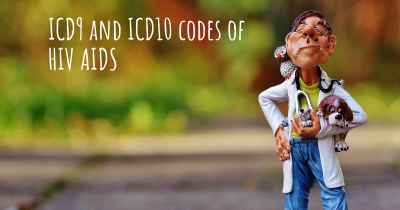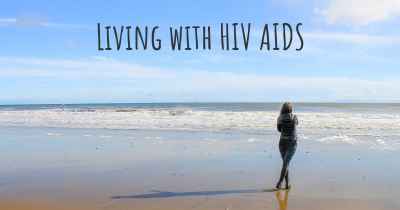Is it advisable to do exercise when affected by HIV AIDS? Which activities would you suggest and how intense should they be?
See if it is advisable for people with HIV AIDS to practice sports and which ones are the most recommended if you have HIV AIDS
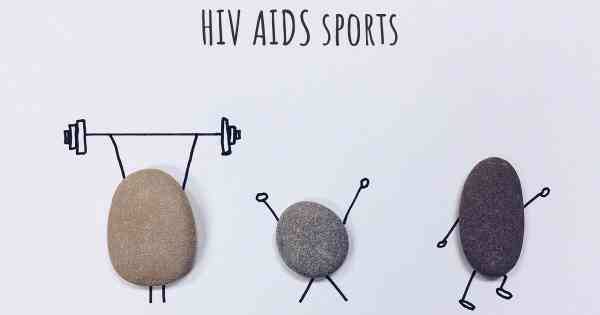
Is it advisable to do exercise when affected by HIV/AIDS?
Yes, it is generally advisable for individuals affected by HIV/AIDS to engage in regular exercise. Exercise can have numerous benefits for people living with HIV/AIDS, including improved physical and mental health, increased strength and endurance, enhanced immune function, and better overall quality of life.
However, it is important to note that the intensity and type of exercise should be tailored to the individual's specific condition, overall health, and any potential complications or limitations they may have. It is always recommended to consult with a healthcare professional or an exercise specialist who has experience working with individuals living with HIV/AIDS before starting or modifying an exercise program.
Benefits of exercise for individuals with HIV/AIDS:
1. Improved physical health: Regular exercise can help improve cardiovascular health, increase muscle strength and flexibility, and enhance overall physical fitness. This can lead to increased energy levels, improved ability to perform daily activities, and reduced risk of developing certain chronic conditions.
2. Enhanced immune function: Exercise has been shown to have positive effects on the immune system, which is particularly important for individuals with HIV/AIDS. Regular physical activity can help strengthen the immune system, reduce inflammation, and improve the body's ability to fight off infections and illnesses.
3. Positive mental health: Exercise has been proven to have a positive impact on mental health by reducing symptoms of depression, anxiety, and stress. Living with HIV/AIDS can often be accompanied by emotional challenges, and exercise can serve as a valuable tool in managing these psychological aspects of the condition.
4. Improved quality of life: Engaging in regular exercise can contribute to an overall improved quality of life for individuals with HIV/AIDS. It can help boost self-esteem, increase social interaction and support, and provide a sense of empowerment and control over one's health.
Recommended exercises for individuals with HIV/AIDS:
The choice of exercises will depend on the individual's preferences, fitness level, and any specific health concerns. Here are some general recommendations:
1. Aerobic exercises: Activities such as walking, jogging, swimming, cycling, or dancing can help improve cardiovascular fitness and overall endurance. Aim for at least 150 minutes of moderate-intensity aerobic exercise per week, or 75 minutes of vigorous-intensity exercise.
2. Strength training: Incorporating resistance exercises, such as weightlifting or bodyweight exercises, can help increase muscle strength and improve bone health. It is recommended to perform strength training exercises at least two days a week, targeting major muscle groups.
3. Flexibility exercises: Stretching exercises, yoga, or Pilates can help improve flexibility, joint mobility, and posture. These exercises can be performed daily or at least two to three times per week.
4. Balance and stability exercises: Activities like tai chi or specific balance exercises can help improve stability and reduce the risk of falls. These exercises can be incorporated into a routine two to three times per week.
Exercise intensity:
The intensity of exercise should be individualized based on the person's fitness level, overall health, and any specific considerations related to HIV/AIDS. It is generally recommended to start with low to moderate intensity exercises and gradually increase the intensity as tolerated.
It is important to listen to the body and avoid overexertion or pushing beyond one's limits. Some individuals may have specific health concerns or complications related to HIV/AIDS, such as fatigue, muscle weakness, or joint problems, which may require modifications or adjustments to the exercise program.
Precautions and considerations:
While exercise can be beneficial for individuals with HIV/AIDS, there are some precautions and considerations to keep in mind:
1. Consultation with healthcare professionals: It is crucial to consult with a healthcare professional or an exercise specialist who has experience working with individuals living with HIV/AIDS before starting or modifying an exercise program. They can provide personalized guidance and ensure that exercise is safe and appropriate for the individual's specific condition.
2. Adherence to medication and treatment: It is important to continue with prescribed medication and treatment plans while incorporating exercise into the routine. Exercise should not replace any medical treatments or interventions recommended by healthcare professionals.
3. Hydration and nutrition: Staying hydrated and maintaining a balanced diet are essential for overall health and optimal exercise performance. Adequate fluid intake and proper nutrition can help support the immune system and aid in recovery and muscle repair.
4. Monitoring and listening to the body: Individuals should pay attention to their body's signals and adjust the exercise intensity or type if experiencing excessive fatigue, pain, or other discomfort. Rest and recovery are equally important for allowing the body to adapt and heal.
Conclusion:
Engaging in regular exercise can be highly beneficial for individuals affected by HIV/AIDS. It can improve physical and mental health, enhance immune function, and contribute to an overall improved quality of life. However, it is crucial to consult with healthcare professionals and tailor the exercise program to the individual's specific condition and needs. By incorporating exercise into their routine, individuals with HIV/AIDS can take an active role in managing their health and well-being.
Posted May 29, 2017 by Larry 1620
The key is MODERATION for anyone
Posted May 30, 2017 by Kevin 2000
Yoga
Walking
Posted Feb 18, 2018 by Calvin 1800
Posted Sep 14, 2017 by Alberto 2500
